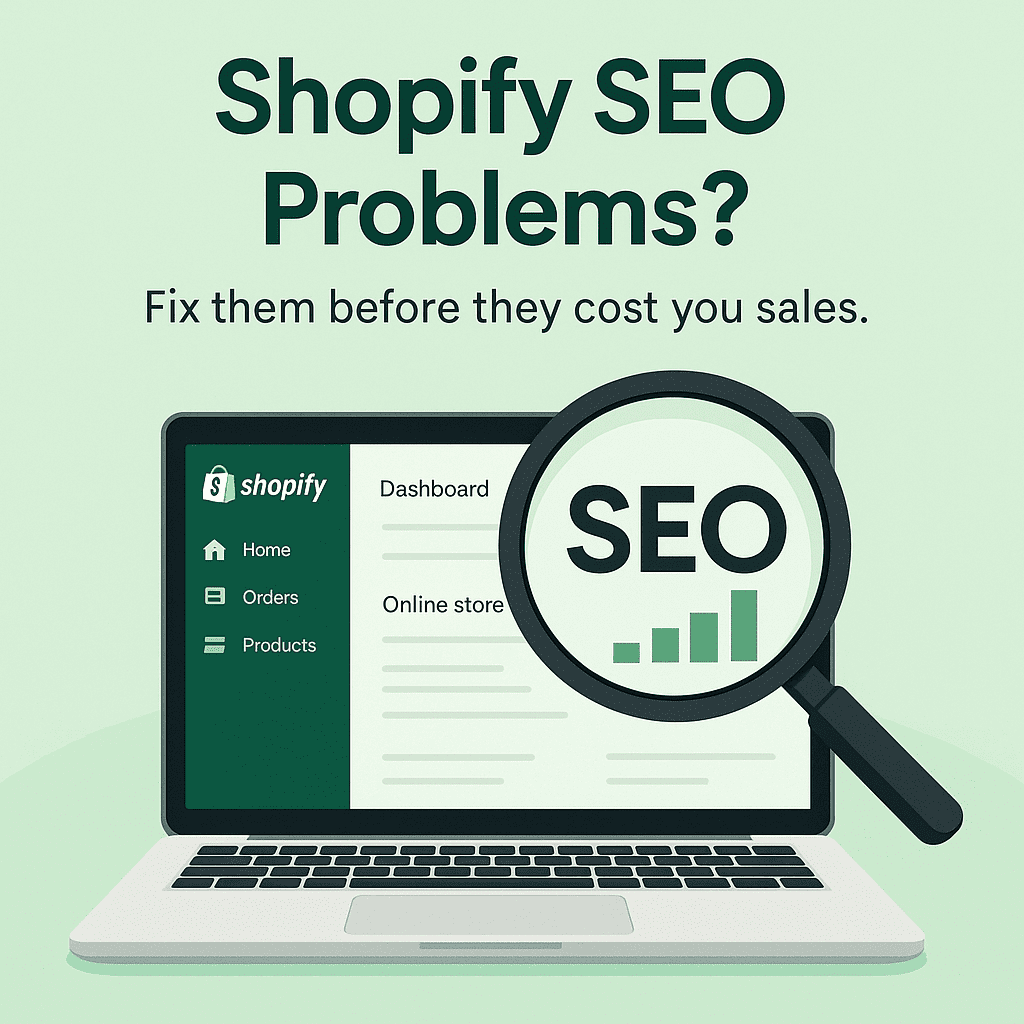Unlocking Global Growth: How to Use Shopify Markets for International Expansion

In today's borderless digital economy, global eCommerce is not just a luxury—it's a necessity. Whether you're a budding entrepreneur or a seasoned Shopify store owner, the ability to expand your business beyond domestic borders can exponentially boost your revenue and brand recognition.
Enter Shopify Markets—Shopify’s native solution to help merchants seamlessly expand into international territories. This powerful feature simplifies cross-border selling by offering localized currencies, languages, pricing, duties, and compliance tools, making global selling more accessible than ever.
In this blog post, we’ll break down what Shopify Markets is, how it works, and how you can use it to enhance your store performance, design, and marketing strategy for international success. We’ll also sprinkle in some real-world case studies, data, and SEO tips—including how to handle Shopify returns across borders effectively.
What is Shopify Markets?
Shopify Markets is an all-in-one tool that allows merchants to manage and scale international sales from a single Shopify store. Rather than building multiple websites for each region, Shopify Markets enables you to:
-
Create localized storefronts
-
Display local currencies and pricing
-
Offer translated content
-
Manage duties, taxes, and shipping
-
Automate geolocation-based redirects
-
Optimize for country-specific SEO
The Global eCommerce Opportunity: Stats You Can’t Ignore
According to Statista, global eCommerce sales are projected to reach $6.3 trillion in 2025. With more than 2.14 billion global buyers expected, entering international markets is no longer optional—it’s critical for sustained growth.
Shopify's own internal data revealed:
-
Stores using Shopify Markets saw up to 17% increase in international conversions
-
Merchants supporting multi-currency pricing saw 1.3x higher order value
-
Stores with localized languages had 26% higher average session duration
Key Features of Shopify Markets
Here’s how Shopify Markets transforms your store into a global powerhouse:
1. Multi-Currency & Pricing Control
Sell in over 133 currencies, with automated or manual exchange rate controls.
Example: A US-based skincare brand sets prices in INR for Indian customers and AED for UAE buyers, improving trust and conversion.
2. Multi-Language Support
Offer automatic or manual translations in customers’ native languages using Shopify Translate & Adapt or apps like Weglot.
Pro Tip: Translate product titles, meta descriptions, and blog content to boost local SEO rankings.
3. Country-Specific Domains & SEO
Shopify lets you assign custom domains or subfolders for each region (e.g., /en-in/, /en-uk/). This improves local SEO and ensures content relevance.
SEO Tip: Add hreflang tags, geo-targeting settings in Google Search Console, and optimize metadata per region.
4. Duties, Taxes, & Compliance
Automatically calculate and display import duties and taxes at checkout, reducing abandoned carts due to surprise fees.
Apps to consider: Zonos, Avalara
5. Localized Checkout & Payment Options
Offer regional payment methods like Paytm in India or iDEAL in the Netherlands.
Shopify Payments supports 100+ gateways for global convenience.
Case Study: A Skincare Brand’s Global Growth
Brand: GlowNaturals (fictitious name, based on real strategies)
Challenge: Wanted to scale into India, UK, and UAE from the US
Actions with Shopify Markets:
-
Created subfolders with country-specific SEO
-
Set local pricing: INR, GBP, AED
-
Used local shipping providers via Shiprocket & Aramex
-
Added language translations via Weglot
Results After 6 Months:
-
72% increase in traffic from India
-
3x uplift in conversion rates in UAE
-
45% reduction in cart abandonment due to pre-calculated duties
How to Handle Shopify Returns Across Borders
Expanding globally also means planning for international returns—a major concern for customers and a potential friction point for sellers.
Here’s how to manage Shopify returns efficiently:
🔹Use Return Management Tools
Apps like Loop Returns, AfterShip Returns, or ReturnGO simplify cross-border returns with automated labels and tracking.
🔹 Offer Clear Return Policies by Region
Each Shopify Market can have a custom return policy, reducing confusion and legal risks.
🔹 Partner with Local Return Centers
Use third-party logistics (3PLs) in key regions to collect and process returns locally.
Bonus Tip: Promote a "hassle-free global return policy" on your product pages for trust and credibility.
Actionable Tips to Improve Store Performance for Global Markets
Store Design & UX
-
Use geolocation pop-ups (via Shopify’s Geolocation App) to guide users to the right market
-
Ensure your theme supports RTL languages like Arabic for UAE expansion
-
Localize content using images, testimonials, and cultural references
Marketing & SEO
-
Run region-specific Google Ads & Meta campaigns with local currencies and languages
-
Use Shopify Flow to automate region-specific workflows like tagging or email campaigns
-
Set up multi-region analytics with Google Analytics 4 and Shopify reports
Optimize Operations
-
Sync inventory globally with tools like ShipBob, Easyship, or Omniful
-
Automate tax compliance with Avalara or Quaderno
-
Integrate with Shopify Markets Pro for advanced logistics and compliance support
Generative Engine Optimization (GEO): AI & Global Growth
Shopify store owners must think beyond traditional SEO. Generative Engine Optimization (GEO) is the practice of optimizing content for AI platforms like ChatGPT, Google Gemini, or Perplexity.
How to apply GEO to your Shopify content:
-
Structure product content with clear answers to buyer questions
-
Add FAQ schemas, How-To blogs, and AI-friendly metadata
-
Use conversational tones in descriptions and headings
Pro Tip: Use ChatGPT to simulate how your brand and product appear in generative answers.
Frequently Asked Questions (FAQs)
1. What is Shopify Markets and how does it work?
Shopify Markets is a built-in Shopify feature that enables merchants to manage global sales from a single store. It supports localized pricing, languages, currency, domains, and compliance (duties, taxes, etc.) to help expand into international markets efficiently.
2. Do I need multiple Shopify stores to sell in different countries?
No. With Shopify Markets, you can manage all your international markets through one store, using customized settings for each region like pricing, language, and SEO.
3. How do I set up multiple currencies in Shopify?
You can enable multi-currency in your Shopify Payments settings. Shopify Markets then automatically displays prices in the visitor's local currency using real-time exchange rates or custom pricing rules.
4. How do I handle Shopify returns for international customers?
Use apps like AfterShip Returns or Loop Returns, and work with local logistics partners (3PLs) to simplify cross-border returns. Always display region-specific return policies clearly to avoid confusion.
5. Will using Shopify Markets help my international SEO?
Yes. Shopify Markets allows you to configure country-specific domains, hreflang tags, translated content, and local keywords—key elements for improving your international SEO rankings.
6. What payment gateways work with Shopify Markets?
Shopify Payments supports over 100 international gateways. Shopify Markets lets you set preferred gateways by region—for example, Paytm for India or Klarna for Europe.
7. How can I translate my Shopify store into multiple languages?
You can use Shopify’s built-in Translate & Adapt tool or third-party apps like Weglot and Langify to create translated versions of your storefront and improve user experience in each market.
8. Do I need to calculate duties and taxes for international orders?
Shopify Markets allows you to include pre-calculated duties and taxes at checkout, improving transparency and reducing cart abandonment. For automation, use tools like Zonos or Avalara.
9. Is Shopify Markets Pro different from Shopify Markets?
Yes. Shopify Markets Pro is a more advanced, managed solution offering faster setup, built-in tax compliance, and global logistics services—ideal for high-volume international sellers.
10. Can I run region-specific marketing campaigns in Shopify?
Absolutely. You can create country-specific landing pages, discounts, and email campaigns, and use Shopify Flow or external tools to automate marketing per region.
Conclusion
Ready to take your Shopify store global?
Shopify Markets is your all-in-one solution for unlocking international growth—from currency and content to compliance and conversions.
Don’t wait. Implement these strategies today to:
-
Expand your brand globally
-
Increase international sales
-
Improve conversion rates
-
Handle Shopify returns seamlessly across borders
Start your global journey now. Optimize your store with Shopify Markets, and watch your brand grow worldwide.




